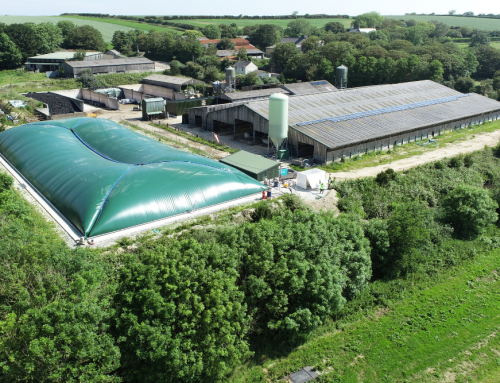Digital Transformation 2022
Waking up in 2022 it’s clear that business opportunities provided by technology are still massive and untapped. Big leaps in cloud computing, data analytics, edge computing, and artificial intelligence over the past decade have brought us to a place where digital transformation is not only possible, it’s imperative.
Living and working through a pandemic has given us the “special glasses” we needed to see into the future, where you simply can’t get anything done without joined up digital technology. And yet we are also recognising that in the knowledge economy our people are more important than ever. Far from being replaceable by robots, they are the bedrock of what adds value and need to be looked after.
At the centre of everything is the relationship between people and technology and when these two powerful entities are merged with a digital strategy, business can reap major benefits that neither element can deliver by itself.
Major Benefits of Digital Transformation
Digital transformation is a highly dynamic process. Currently, the foundational technologies are data, AI, and cloud, but in the future that could change. For example, how about – the metaverse, 5G and quantum computing? The technology shifts, but the core principles remain – how are we improving business productivity using the vital combination of humans and technology?
In this short series of blog posts we examine 3 more pillars of digital transformation starting with DATA.
Data Becomes a Major Competitive Advantage
While digital transformation is about the relationship between people and technology, at the very core of this relationship is data and data analytics. The continued gathering and analysis of data is the bedrock of digital change.
The companies that are embracing data analytics are reaping the benefits in terms of business insights and yet some experts estimate that under 40 percent of data is ever actually analysed, meaning major insights are missed.
Data become joined up
When silos are dismantled, data can flow easily between departments, allowing for dynamic collaboration. For example, sales, marketing and business development teams can work separately but together using the same data to achieve their goals. Organizations collaborate to focus on success.
Data Analytics which grows as you do
If data platforms are geared to service only today’s needs then future growth is not taken into account. More and more data coming into the system requires a well-planned digital transformation including a data analytics infrastructure which is flexible and scales with ease.
Data Lead Decision Making
Business founders often lead by gut instinct but as the company grows this can become less reliable as a system. Digital transformation with inbuilt data analytics means decisions can be based on hard facts from both inside and outside the business.
Digital transformation which focuses on data leads to smart, fast, flexible decision making. Find out more about data analytics tools on our SAP Analytics Cloud page here.
Take a look at cloud ERP for the midmarket here…
Next time we look at how democratic technology such as AI and RPA plays a central role in digital transformation.










Leave A Comment